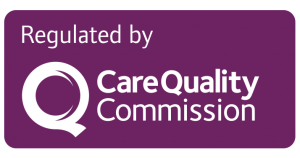How to Prevent Hand and Wrist Injuries at Work
From office workers to trades people, hand injuries are one of the most common work-related issues. Whether you’re typing at a desk or lifting heavy tools, these tip scan help prevent strain and injury.
Ergonomics Matter
Set up your workspace so your wrists are neutral and your hands are relaxed. Use awrist rest and adjust your chair height. My Basic Surgical Training (BST) was in Ireland (Royal College of Surgeons) and my specialist training was in the Mersey Deanery. This was followed by a recognised fellowship at Wrightington Hospital – an internationally renowned tertiary referral centre.
Set up your workspace so your wrists are neutral and your hands are relaxed. Use awrist rest and adjust your chair height. My Basic Surgical Training (BST) was in Ireland (Royal College of Surgeons) and my specialist training was in the Mersey Deanery. This was followed by a recognised fellowship at Wrightington Hospital – an internationally renowned tertiary referral centre.
Use the Right Tools
Choose tools that fit your hand size and are designed to reduce strain. Padded grips and anti-vibration handles can help.
Choose tools that fit your hand size and are designed to reduce strain. Padded grips and anti-vibration handles can help.
Avoid Repetition Without Breaks
Tasks like typing, wiring, or cutting can put your hands at risk. Use scheduled breaks and task rotation to give your hands time to rest.
Tasks like typing, wiring, or cutting can put your hands at risk. Use scheduled breaks and task rotation to give your hands time to rest.
Wear Supportive Gear
Wrist splints or gloves offer extra support in high-risk jobs like construction or warehouse work.
Wrist splints or gloves offer extra support in high-risk jobs like construction or warehouse work.
Don’t Ignore Pain
Numbness, tingling, or pain could signal early nerve or tendon issues. Early treatment can prevent long-term damage.
Numbness, tingling, or pain could signal early nerve or tendon issues. Early treatment can prevent long-term damage.
Tips:
Request a workplace ergonomic assessment—it can make a big difference.
Request a workplace ergonomic assessment—it can make a big difference.







.png)